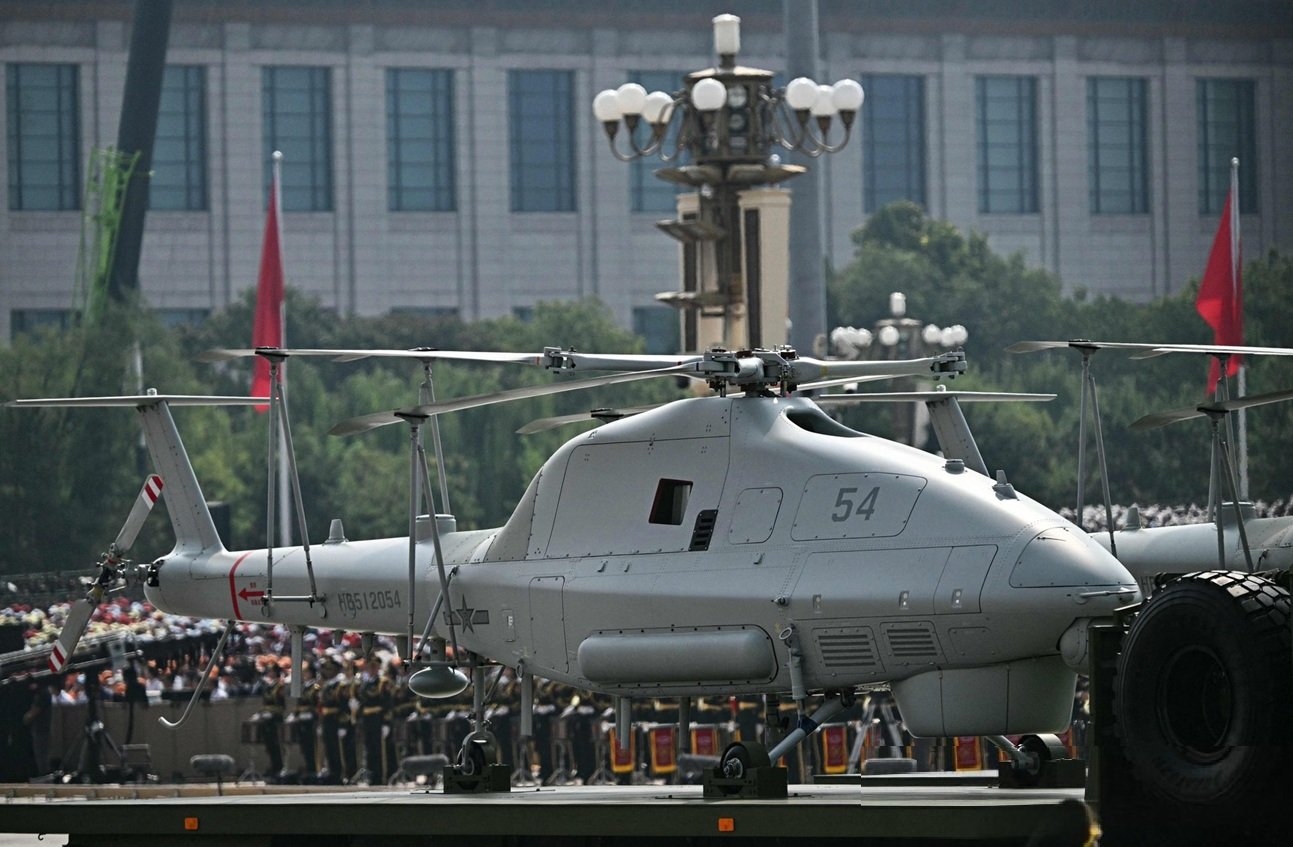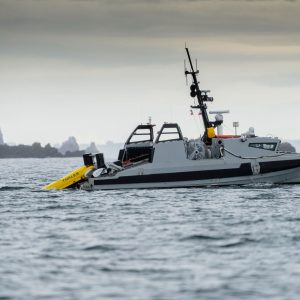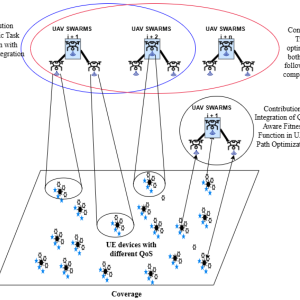China has presented a new generation of shipborne unmanned helicopters, moving the capability from trials into fleet service and signalling a wider shift toward autonomous naval aviation.
Why it matters now
China shipborne unmanned helicopters are intended to launch stealthily from compact decks, coordinate autonomously over wide areas, and carry short‑range air‑launched munitions. For the People’s Liberation Army Navy (PLAN), that combination extends strike and ISR options from ships that cannot host large manned aircraft. It also compresses the sensor‑to‑shooter timeline in congested littorals where distributed kill‑webs reward persistence, survivability, and low operating cost.
Key facts
Platform lineage: Reportedly derived from CATIC’s AR‑2000 large rotary‑wing UAS optimised for shipborne use (folding blades, EO/IR chin turret, provision for surface‑search radar).
Role set: Maritime ISR, target acquisition, and precision strike from land or sea platforms; enables modular armament including short‑range missiles.
Operational status: Chinese state television coverage framed the system as fielded with the PLAN rather than experimental.
Strategic effect: Extends surveillance horizons, improves cueing for anti‑ship effects, and lowers risk relative to manned helicopters in contested airspace.
Context and assessment
China shipborne unmanned helicopters address a persistent constraint in PLAN task groups: limited aviation capacity on many surface combatants. By arming a vertical take‑off platform sized for frigate and corvette decks, Beijing can push sensors and shooters outward without waiting on new carrier air wings or large‑deck auxiliaries. That has two immediate consequences. First, it densifies the fleet’s ISR lattice—especially when multi‑ship detachments fly coordinated patterns with shared tasking. Second, it adds flexible, reloadable strike options that pair well with shore‑based targeting networks and sea‑skimming cruise‑missile salvos.
From a technical standpoint, the AR‑2000 lineage matters. Earlier showings emphasised maritime optimisation—folding rotors for hangar stowage, a chin‑mounted EO/IR turret for day/night identification and laser designation, and under‑fuselage volume for a compact surface‑search radar. Those choices point to a playbook of persistent sea control: find, fix, and finish small, fast, and numerous targets while keeping risk and sustainment burdens low. When weaponised, China shipborne unmanned helicopters could prosecute fast inshore attack craft, missile boats, and high‑value radar emitters at ranges that keep the host ship outside many coastal threat rings.
Fleet employment concepts
In near‑seas contingencies, commanders could cycle pairs of aircraft—one slaved to radar/EO search and the other configured for strikes—to preserve endurance while maintaining continuous contact. In blue‑water operations, detachments dispersed across several hulls could act as forward pickets for carrier groups, cueing ship‑ and air‑launched weapons through datalinks. Because the airframes do not consume pilot pipelines, they scale more readily than manned squadrons, and their maintenance footprints fit within existing frigate and destroyer hangar volumes.
A harder problem is counter‑UAS. Adversaries will field layered point defenses, RF deception, and attritable interceptors. To retain advantage, China shipborne unmanned helicopters must integrate emissions control, low‑probability‑of‑intercept comms, and route‑planning that exploits sea clutter and terrain masking. Their value will rise or fall with the robustness of those autonomy and EW protections.
What changes for the region
For Indo‑Pacific navies, this debut accelerates a broader shift: rotary‑wing UAS moving from niche trials to mainstream maritime aviation. The United States’ MQ‑8 Fire Scout pioneered the model, but China’s decision to field multiple airframes at once—and pair them with short‑range missiles—suggests a doctrine centred on massed, attritable airpower from ordinary combatants. If replicated across escort types, China shipborne unmanned helicopters will thicken the PLAN’s outer screen and complicate targeting for opponents who rely on finding gaps between major sensor nodes.
For Türkiye and other NATO maritime communities, the signal is clear: the contest for sea control is drifting toward cheaper vertical‑lift autonomy. That creates demand for counter‑UAS hard‑kills at the ship perimeter, better passive detection for low, slow rotaries, and rapid kill‑chain closure that can service swarming contacts before they converge.
What to watch next
- Payload maturation: How quickly the platform integrates coherent surface‑search radar, passive ESM, and laser designators alongside guided munitions.
- Deck cycle discipline: Turnaround times in rougher seas will reveal whether frigate‑grade hangars can sustain round‑the‑clock detachments.
- Networking: Evidence of reliable datalinks into ship combat systems and shore ISR grids will be decisive for real‑world lethality.
“Autonomous coordination, stealthy launches and wide‑area coverage” were highlighted during the public debut—language that points to distributed operations rather than bespoke demonstrations.
See our related coverage on unmanned maritime aviation and distributed kill‑webs under Unmanned Systems.
References
- Aviation Week, “CATIC Unveils Large, Rotary‑Wing AR‑2000 UAS,” Dubai Airshow report, November 14, 2023. Link
- FlightGlobal, “CATIC shows mysterious unmanned helicopter in Dubai,” November 13, 2023. Link
- Shephard Media, “Chinese AR‑2000 large ship‑borne UAV makes debut,” November 16, 2023. Link
- Defence Blog, “China shows naval unmanned helicopters,” September 3, 2025 (source of broadcast frame and parade details). Link
- Wall Street Journal, “A Guide to China’s New Weapons on Parade in Beijing,” September 3, 2025. Link











